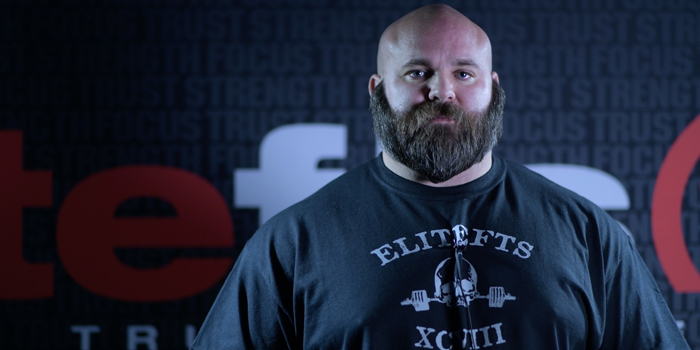
Today, just like yesterday and almost 2 million years before, people seek out ways to make things easier. Seek ways to get themselves ahead of the game. Look for ways to give them a tactical edge to whatever they are trying to accomplish. There is nothing wrong with looking for easier ways to get from Point A to Point B. I would say it’s human nature.
Work smarter, not harder, right?! Well, as it pertains to performance, working smarter and working harder go hand-in-hand. But one of the things I find with lifters, or those who choose to train with external loads for whatever purpose, is that they compensate and/or rely on external equipment way too early and way too much.
RECENT: What I Think About the Lifting World
I personally remember when I started training everything coaches, brothers, friends, and fellow lifters tried to get me to use. I would ask them why and they would say things like, “So you don’t get hurt,” “So you can lift more weight,” “It helps keep your body warm,” etc. And there is nothing wrong with what they were trying to sell. Some of the external supports do help, so why not, right? Well, you should (not necessarily have to) crawl before you walk, walk before you jog, and jog before you sprint. I’m sure you have heard that before, but why don’t you DO it?
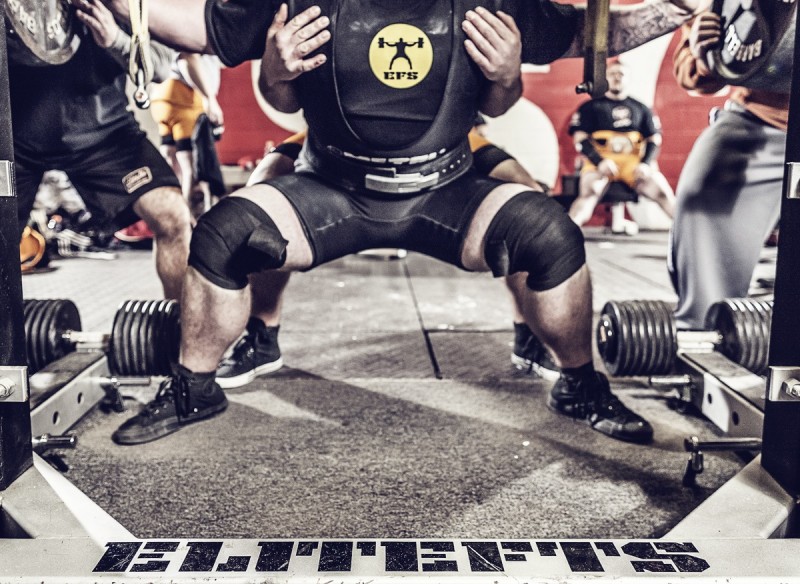
I make lists when I talk about this crap, so below you will find a number of things I think are pointless to start out using or to use all of the time. I will explain each as I go in no particular order.
Belts
There is nothing wrong with wearing a belt. When you wrap a belt tight around your trunk (core, abs, mid-section, who f-ing cares what you call it), it provides a barrier for your muscles to push against. When your muscles push out against this barrier, it helps to reinforce and stabilize your trunk. If you have issues with core strength, then this can give you an advantage and help compensate for the lack of strength there with reinforced stability. As muscles expand, the belt doesn’t move and provides force back 360 degrees.
Wearing a belt is useful, but it is not necessary. If you are an athlete, stop wearing them. You don’t get to wear them on the field of play, so what is the point. As a coach, I want you to be as strong as you can be without external factors. If you just started training, don’t wear them. You most likely have zero control of your body as it pertains to strength movements and do not know how to control or activate your muscles properly anyway. You wouldn’t even know how to use a belt properly. If you are just going to be lifting to lift and get into shape, then what’s the point? Get your core strong just like every other part of your body. If you are going to be a competitive lifter, there is a time and a place to start; unless you are raaaawwwww, then there isn’t.
And before trolls start talking about “Well, you are just going to get someone hurt” or “What if they are squatting heavy weight?” If you train the body holistically, that means you will train your core. If you teach people properly, you will teach them how to activate these muscles correctly. If you perform the movements correctly without compensating and with the proper load you know you can perform, then getting hurt is not likely.
Now, I’ve worn a belt. I know what they CAN provide. But I only put a belt on when it was necessary and when I became a completive lifter, which was my freshman year in high school. Did I wear one for all sets and all the time? Hell no. I wanted to be strong without help. So I trained without a belt for as long as I could and put one on only when needed. Even when I started wearing gear and at my best, I didn’t wear briefs on till after 500 to 585 pounds raw. I didn’t put a belt on till after 750 pounds. So the belt didn’t come until 800 pounds or more. Did this happen right away? No. I worked my strength up until I was able to do that with zero problems. Being strong in all areas is important. Again, wearing a belt can be useful, but it’s not necessary.
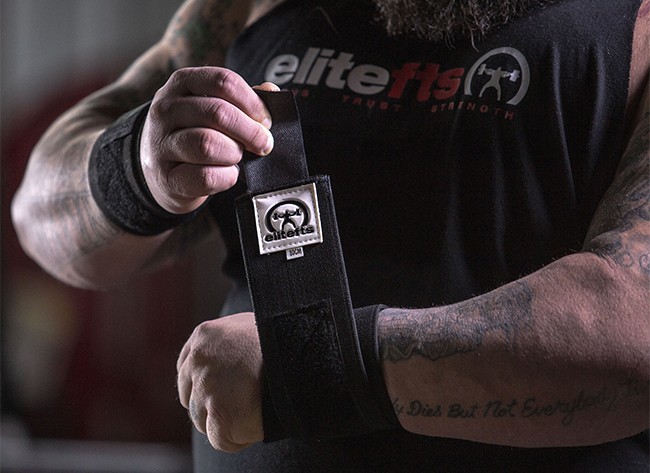
Wrist Wraps
Same premise as above. There is nothing wrong with wearing wrist wraps. Wrist wraps act as a cast for the wrist. If you watch most individuals bench, you’ll see their wrists cocked back, grip loose.
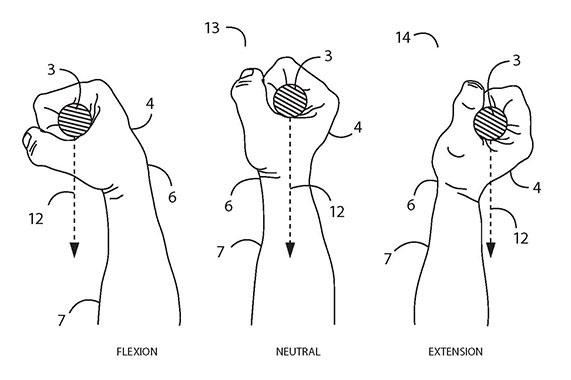 Image credit: Marathon-Crossfit.com
Image credit: Marathon-Crossfit.com
This causes force that is being driven straight up through the forearm to not be directly applied to the bar. Without a direct line, the force being applied dissipates, as your wrist will also act as a shock absorber. So say you applied 315 pounds of force upward towards the bar. Without a direct line and with the wrist muscles relaxed, you may only get 285 pounds of force applied to the bar. You work harder to lift less weight. This concept is the same as the squat and a lot of strength movements. So adding a tight wrist wrap that covers the wrist joint can help with this issue, but you need to correct the problem first.
How do you correct it? Grip the f-ing bar as tight as you can. I mean strangle it. If you don’t leave your fingerprints on the bar and if you are not white-knuckled, then you are not gripping the bar tight enough. Don’t just try to straighten your wrist. If you straighten without tightening your grip, you are just asking the bar to be dumped on your chest. Grip tightness is wrist tightness.
I know individuals who put wrist wraps on at 135 pounds. Why? Unless you have some crazy injury or arthritis, don’t. Get your grip stronger, perfect your technique; do the bench correctly. Again, I’ve used them. They are useful, but I didn’t have to compensate strength for it. I wouldn’t put them on till after 500 pounds. Work your way up and get stronger. Use them only when necessary. If you are an athlete, don’t use them unless there is an injury issue that you are rehabbing. Useful, not necessary.
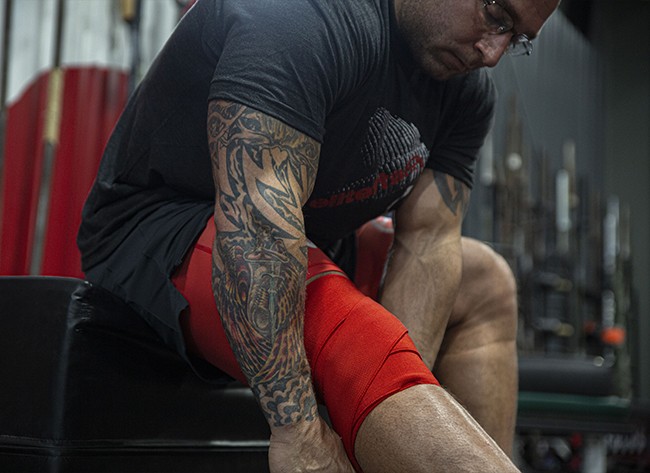
Knee Wraps
Boy, I pissed off a lot of people by not wearing knee wraps back when I was competing. I have no idea why they cared that I didn’t wear them, but they cared. Just like above, they can help but they are NOT necessary. I squatted 1,047 pounds without them. I didn’t use them in training. I didn’t get hurt. They are just another external aid that can be used when training.
If you are an ass-dominant squatter, and I mean a shins-perpendicular and hip-dominant squatter, what you get out of them will be minimal. Now, if you are a quad-dominant squatter, then you can get some use from the knee wraps, but only by training with them consistently.
How do they work? Well, knee wraps restrict the knee joint from flexing. So when you squat down, the knee joint flexes and the knee wrap constricts. All the knee wrap wants your knee to do is to return to an extended position. So you get down into the bottom of the squat, you reverse direction, drive up, and the knee wrap will help by extending the knee joint. These are very simple terms, but it’s that simple. There is a learning curve and training effect that must be attained.
When you place any external aid onto the body/joints, your muscles react to this. Over time, if you consistently wear these external aids, your muscles develop a new firing pattern around the external aids. They have come to rely on them being there that they fire differently when they are there compared to when they are not. If your body becomes dependent upon having these aids, then you will continue to use it, most likely.
There is a reason some individuals claim that knee wraps give them an extra 50 pounds on their squat. They probably do. Why? Their muscles have become accustomed to having them there, so they fire differently when they are present. It’s not too different than wearing a belt. If you are used to a belt being there, when you take the belt off, you don’t feel as strong. Once you put the belt back on, you can do more weight again. Your body gets used to it, so you get something out of it when wearing it.
RELATED: Gaining Strength in Your Twenties, Thirties, and Forties
But unlike the belt, the knee wraps restrict more and really cause the muscles/tendons around the knee joint to react/engage differently, depending upon how tight you make them. If you want to get something out of them, train with them. Are they necessary to squat heavy weights? NO. Will they keep you safe? Maybe. I’ve seen more blown knees in the squat come from those with knee wraps on than the knee wraps off. That is not me saying it was the knee wraps’ fault. I’m just saying they DO NOT prevent injury.
If you are an athlete, do not wear them. These are for serious lifters only. Just an opinion.
Wrist Straps
Grip strength can be a limiting factor for any individual as it pertains to lifting. Like everything else I have stated above, they are not necessary for training. Making sure you have a strong grip ensures a strong wrist. But I will say that I will use them on occasion with athletes.
There are times that I do not want grip strength to be a limiting factor such as when performing Romanian deadlifts, deadlifts with a double overhand grip, or heavy rows. These will only be used on specialized days with my athletes and are still rarely done. But there are times.
As for the normal lifter, take it or leave it. You want to use them, use them, but don’t use them all the time and with light weights. Get your grip stronger and callus those hands.
Overall, here is what I’m saying. If you want to use external supports such as those I have listed, it’s up to you. There are pros and cons to everything. If you are an athlete who is going to play at any level, learn to train properly and get your body strong without external support. There is no substitute for hard work. If you are a lifter that chooses to use gear, then use it but when you need to use it.
I AM a supporter of using any and all of these, but there is a time and place. As a coach of collegiate athletes, I do not let them use any of these in the weight room. There is no substitute for raw strength and being strong as shit.










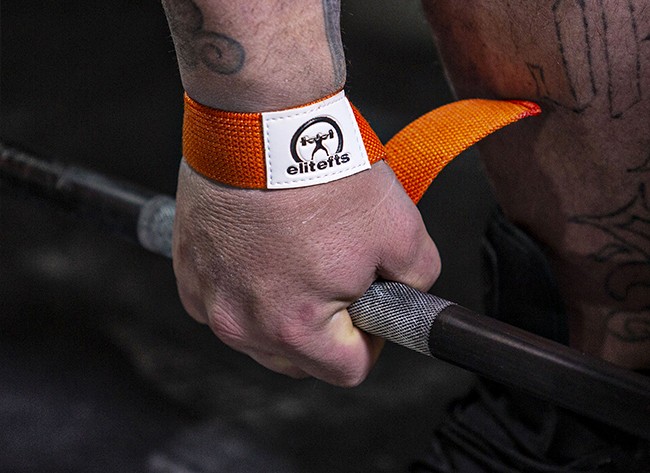
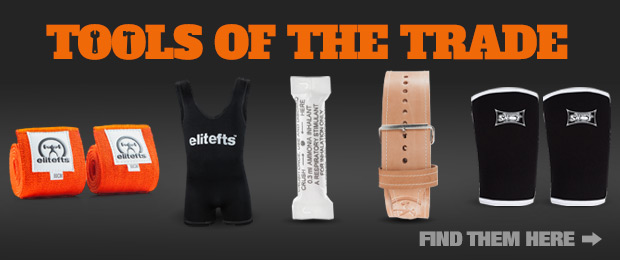
Let me open by saying I have read and love a lot of your work -- coming from a fellow S&C coach at every level except pro. That being said; like everyone else I LOVE arguing with people on the internet:
1. A belt helps athletes get STRONGER while staying SAFER. Telling them to not wear it in training to improve physically for sport because they don't wear it in their sport is akin to tell my hockey players to do their speed work in skates and a helmet -- you don't wear sneakers in hockey, right? Give me the guy who squats 600 in a belt that the guy who's coach has been so strict that he has never work a belt ... and squats 450 -- anyday of the week.
2. When your body reaches a state of overtraining grip strength is the first thing to go. A lot of the time when we are performing our clean/snatch variations -- my athletes are simply so wiped from training that their hands can't hold 200 plus lbs -- I could get them to work with kettlebells and waste an entire heavy training session -- OR I could give them some straps and let them perform to the best of their technical ability for that day. I think every lifter has been in the midst of a tough training cycle and been unable to hold onto 85%+ simply due to CNS fatigue.
I'm with you 100% about the knee wraps and wrist wraps however. I would punch a strength coach who I saw putting knee wraps on a non-strength sport athlete.
Agreed on not athletes using belts for squats. However, I think they have a place in deadlifting, if you're having athletes deadlift. Just because of the nature of how the weight is out in front of you. On the same note, for athletes I would probably replace most deadlifting with trap-bar deadlifts, combined with good mornings and box squats to incorporate more hip-dominant movements.